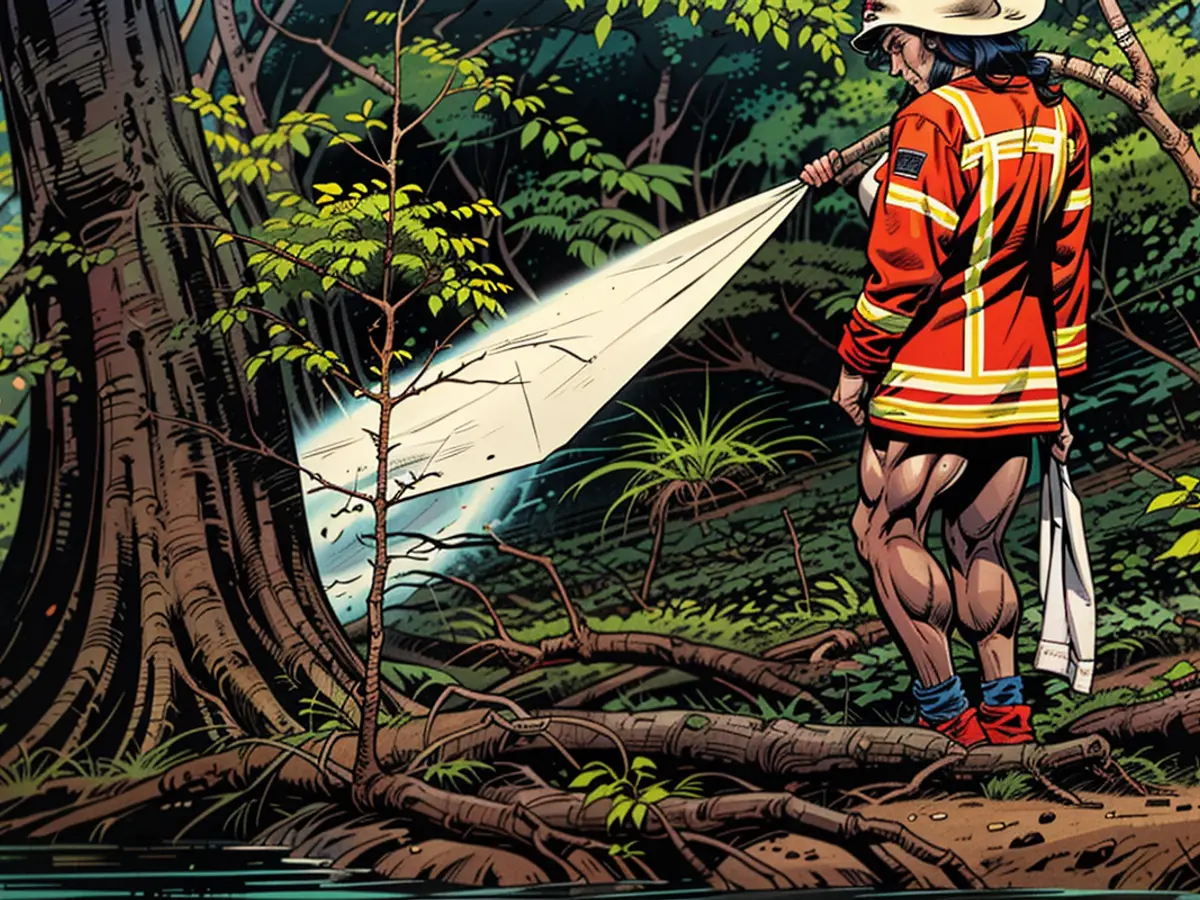- Expert: Land is making progress in forest fire prevention
Progress in Preventing Potential Forest Fires in the Southwest
The southwest is making significant strides in preventing potential forest fires, according to experts. Detailed hazard maps are now available for each district, showing areas where fires could spread quickly and intensely, as reported by Christoph Hartebrodt, head of the Forestry Economics department at the Baden-Württemberg Forest Research Institute (FVA), in Freiburg. These maps are based on satellite data.
The southwest has a high proportion of deciduous trees, with only around six percent of forest areas considered particularly problematic in terms of fire risk. This is often young coniferous trees, said the forest expert. This six percent applies to normal weather conditions. "If it's very dry for a long time, every forest will burn."
Forest-Firefighting Teams
The state has also created so-called Forest-Firefighting teams, where foresters work together with the respective city or district fire chief. "We've created a likely unique institution with these teams," summarized Hartebrodt.
Experts have long been pointing out that forestry and firefighting need to work more closely together on the issue of forest fires. "We can reduce the frequency of fires through information and prevention."
Wet Spring Only Temporarily Helpful
The assumption that the issue of forest fires is resolved after a wet spring is not entirely accurate, said the forest expert. "Thin material in the forest can dry out again after a few days." The key is the forest fire danger index. This expects a medium danger (stage 3) almost throughout the state this week, and locally, a high danger (stage 4). The index ranges from 1 ("very low danger") to 5 ("very high danger").
Human influence is crucial in fires, with carelessness playing a significant role, according to statistics. The proportion of fires caused by lightning is negligible.
Last year, State Forest Minister Peter Hauk (CDU) warned of the danger of forest and vegetation fires. "Due to climate change, the risk of forest fires in the state has significantly increased overall."
25 Hectares of Forest on Fire
In the context of global warming, the risk of forest fires is increasing in many regions, as noted by the IPCC. While a warmer climate can lead to more rainfall, including heavy rain, the periods without rain are also lengthening. In already dry areas like northeastern Germany, the risk of drought periods is increasing. In extremely dry vegetation, forest fires can spread more quickly.
Last year, there were 65 forest fires in the southwest, a significant decrease from the previous year, when fire services fought 123 forest fires. At that time, around 25 hectares of forest were on fire in the whole state, roughly the size of 35 football fields. Last year, the affected area was about 7 hectares.
The significant reduction in forest fires in the Southwest, as reported last year, saw a decrease from 123 fires to only 65, with the area affected reducing from 25 hectares to just 7 hectares. This improvement in preventing potential forest fires is largely due to the collaborative efforts of Forest-Firefighting teams formed by the state, consisting of foresters and local fire chiefs.








